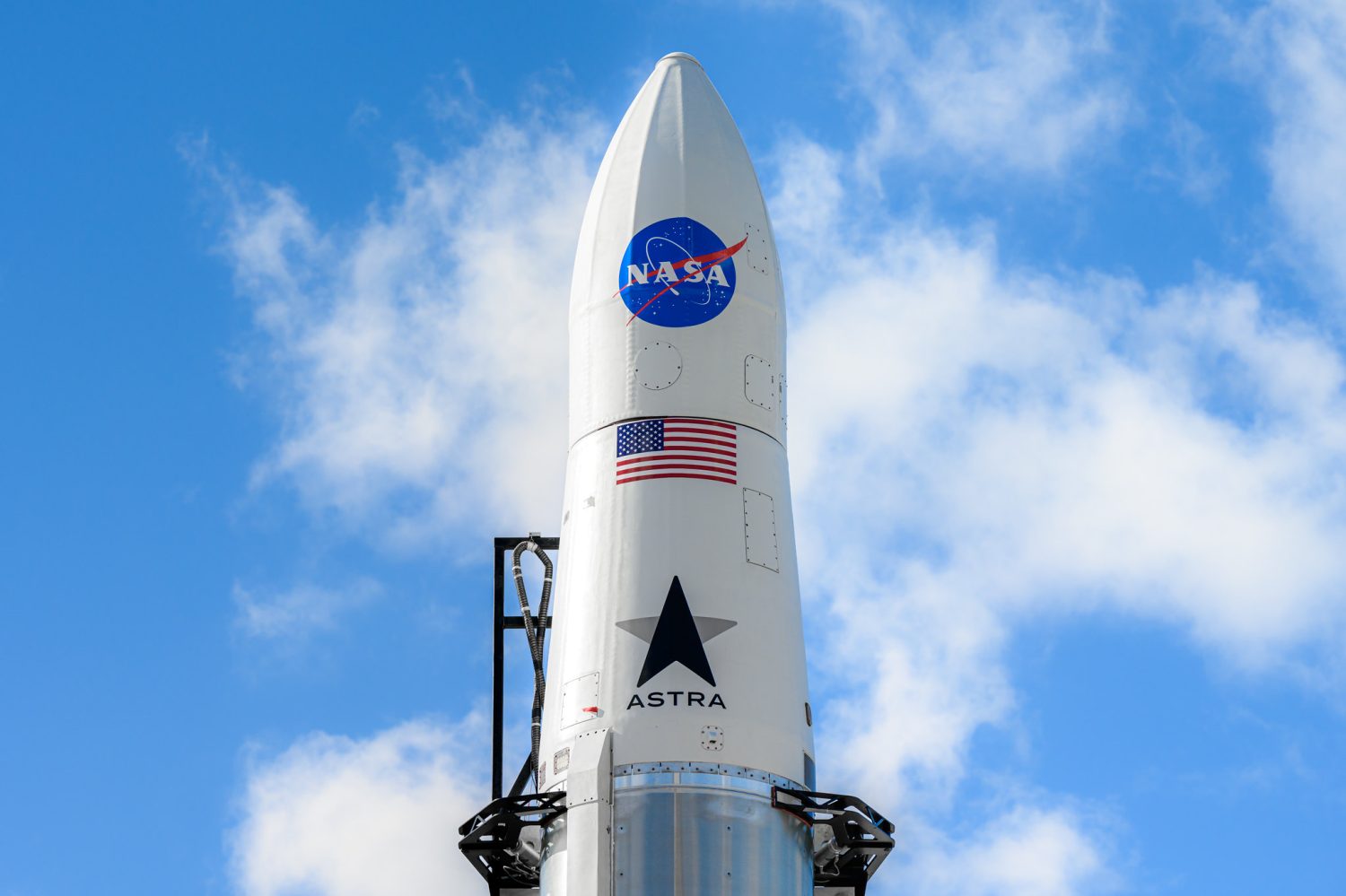
Last June Astra launched its final Rocket 3 mission, which was a pair of satellites for NASA. Sadly that mission did not end well with a failure in the second stage. The company has now released its report detailing what went wrong.
As a quick recap, on June 12, 2022, Astra launched a Rocket 3.3 vehicle with two NASA CubeSates for the TROPICS program. Liftoff went smoothly with the first stage performing as intended; however, about 75% of the way through the second stage burn, the engine shut down prematurely. This was then followed by the loss of the NASA payload and rocket in the Atlantic Ocean.
Astra announced a couple of months later that it planned to scrap Rocket 3 for the newer and bigger Rocket 4. Since that rocket is not part of NASA’s Venture Class launch services contract, the agency pulled TROPICS from Astra’s manifest and awarded it to Rocket Lab.
What went wrong with TROPICS-1?
One thing I love about Astra is after a failure the company has always done a great job sharing what it found and learned. This means the report shared yesterday is quite detailed, so here’s a layman’s version of it.
In general, the cause of the early engine shutdown was that it ran out of fuel but had about 20% of the liquid oxygen left over. The reason for the fuel running out early requires you to follow the bouncing ball a little bit.
The root cause of the failure was a clogged injector in Rocket 3.3’s second-stage engine. This lead to a slower rate of fuel passing through its cooling loops around the engine bell. Like many rockets, Astra flows its liquid fuel around the engine bell to help cool the engine before dumping that fuel into the combustion chamber.
The blockage led to slower flow rates which meant less effective cooling. This paired with the possibility of smaller amounts of thermal barrier meant the engine’s exhaust burnt through its bell and into the coolant lines. The fuel began to dump into the exhaust (this does not help at all with gaining thrust) which led to there being not enough fuel to get TROPICS-1 into orbit.
That makes sense, right? It’s kinda like you’re trying to keep a pot of water cool while it’s on the burner by dropping in ice cubes but the ice machine can’t keep up with the amount you’re using. Eventually, it will boil. (Don’t ask questions on why you’re doing this, just nod your head and agree it helped.)
Lessons learned for Rocket 4
Astra spent several additional months after determining the cause of the failure to make sure there weren’t any other possibilities. These investigations found more flaws in the system which were batched together and fixed in the company’s next rocket.
There is no word yet for when we might see this new system, or when Launch System 2 will be ready to launch.
Featured Image: Astra / John Kraus
FTC: We use income earning auto affiliate links. More.

Comments